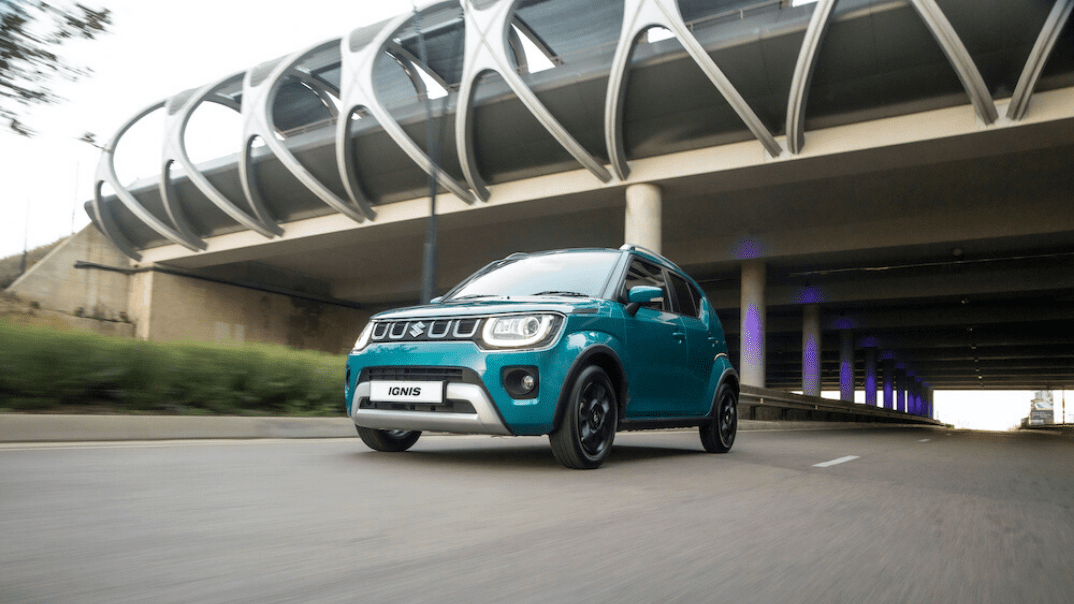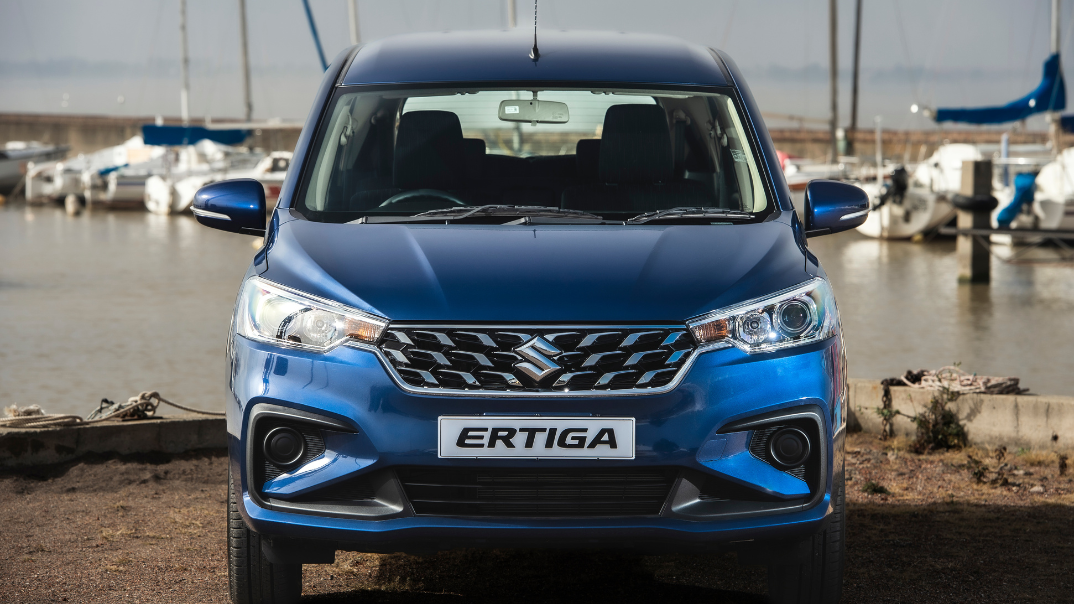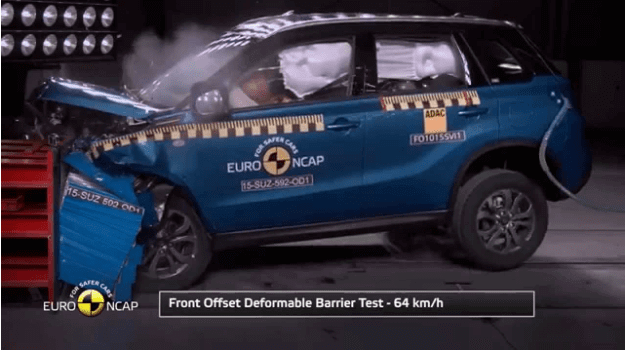 We’re living in the great age of consumer choice where companies have to offer their customers a variety of options in order to remain competitive. As consumers, we want to be in charge of how we spend our money and most brands are responding by offering clients increased flexibility to choose exactly what they’re paying for.
We’re living in the great age of consumer choice where companies have to offer their customers a variety of options in order to remain competitive. As consumers, we want to be in charge of how we spend our money and most brands are responding by offering clients increased flexibility to choose exactly what they’re paying for.
Estimated reading time: 6 minutes, 42 seconds.
When it comes to cars, however, the demand to be able to spec your vehicle from scratch, or remove features that you consider necessary can result in some unwise choices. If it were merely a fashion item, this wouldn’t be a concern. Your car is primarily used for mobility but it carries your most precious cargo, you and your loved ones
While we’re all aware of the dangers presented on the road, this knowledge often gets lost in the excitement of buying a new car. Instead of safety, buyers would rather spend their money on style and entertainment accessories. The sad truth is that safety is boring and many buyers simply skim over that information in the brochure before digging into the fun stuff like colours, accessories and entertainment.
This is completely understandable, which is why you should get the ‘boring’ safety research out of the way first and ensure that the choices on your shortlist meet all your safety requirements. Then you can get lost in the fun side of vehicle shopping knowing that your safety bases are already covered. Below are a few points to consider before you spend your entire vehicle budget on ‘pretty’ instead of ‘safe’.
1. Road fatalities are much higher than you think
According to the Road Traffic Management Corporation 2017 Road fatalities report, a total of 14 050 fatalities were recorded between January and December 2017. But the catch is in the detail - these fatalities are only those recorded by the police on the scene - they don’t take into account deaths that may occur days or weeks later as a result of injuries sustained in the accident. This means the real death toll on our roads is much higher than what the official stats show.
2. See your car as a cocoon
One of the most important safety features is the structure of the vehicle itself. Think of your entire car as a safety cage. Many people get so lost in the rush of buying the right ‘look’ or ‘badge’ that they forget to consider what’s underneath the ‘pretty’. Do your homework beforehand and make sure you only shortlist vehicles with a good track record of structural integrity and effective crumple zones.
3. Consider the future of your car
Many first-time buyers don’t take into consideration how long they will keep their car or what they’ll be using it for in the future. For this reason, they don’t even think about passenger security, or even child security such as ISOFIX for child seats. A vehicle is a big decision (and expense), and you need to keep in mind that you will likely be driving it for many years.
4. Passengers and pedestrians are most at risk
The Road Traffic Management Corporation 2017 Road fatalities report (mentioned above) points out that the majority of road fatalities are passengers or pedestrians. This should be a red flag for any car buyer, because it means most of us are only protecting ourselves (the driver) when we’re on the road. Instead of spending more for an upgraded sound system, we really should be including more passenger airbags and child safety features into the budget.
5. Two out of three will be in an accident
According to the National Highway Traffic Safety Administration (NHTSA), two out of three motorists will be injured in an accident during their life. This is a ridiculously high number, made even scarier by the fact that it only accounts for personal vehicles. When you factor in the negligent and irresponsible behaviour of many South African drivers the odds are probably even higher. We simply can’t place enough emphasis on making sure you spend your money on the safest car possible.
6. Most of us ignore the most vital safety feature on our cars
Every expert will agree that tyres are the most important safety aspect of your car - they’re the only part of the vehicle connected to the road. Those four round pieces of rubber support other advanced safety features, such as ABS and ESP, and ensure they work correctly. Neglected tyres are a big cause of accidents around the world.
7. Many accidents in SA are caused by younger drivers
It’s a very common myth that older drivers are more dangerous, but according to the Road Traffic Management Corporation (RTMC) “many of the people who die are below 29-years-old including drivers, passengers and pedestrians.” These deaths are potentially due to inexperienced drivers or young people who are pedestrians who don’t yet fully understand the road rules.
The RTMC said this “We are aware that many people obtain their licences and don’t drive for a few years and when they go and drive, they’ve forgotten some of what they learnt. Of those who don’t stop driving, some pick up bad habits.” This doesn’t necessarily mean that all new or young drivers are hazards on the road but it enlightens young people to be cautious instead of overconfident.
This should be a wake-up call for new, inexperienced drivers and parents of young drivers that standard driving tests simply aren’t good enough. Advanced driving courses (or just a lot of teaching and patience from parents) is needed to ensure young drivers make better decisions on the road. Keep in mind that you may need to freshen up your skills if you haven’t driven in a while either.
8. Parents protect themselves and not children
It’s a sad reality that most of us see each day, parents wearing seatbelts while children roam free in the car. There’s no arguing that keeping your children safely strapped in can be a nightmare, but the fact is you simply have no choice. Speak to friends and search online for tips on keeping your kids secured. And make it a family conversation once they’re old enough to understand why it is so important.
9. Aquaplaning can happen to anyone
Aquaplaning happens when a small layer of water builds up between the tyres and the road, which means tyres are now ‘floating’ instead of in direct contact with the road surface. This causes the vehicle to lose traction and can quickly affect steering resulting in serious accidents if the driver loses control.
Tyres in good condition are less likely to aquaplane, but if there is enough water on the road, even the best quality tyres can aquaplane. This is why it’s always better to take it slow when the roads are wet - you don't want to lose control at high speed.
10. Airbags are only effective if you’re strapped in
Many people feel safe when they know their car has a plethora of airbags - to the point where they assume seatbelts are not necessary. The truth is that airbags are a secondary safety measure (seatbelts are primary), and airbags are configured to work in conjunction with seatbelts. In other words, in the event of an accident, airbags will deploy with the assumption that your seatbelt is keeping you in place. If you’re not strapped in, the force of the airbag deploying can cause serious injuries.
The above insights span a variety of scenarios that many vehicle drivers and passengers face almost on a daily basis. For most of us, driving has become so routine that we forget the dangers, and that is often when we are most at risk..
When you read through the list above, and consider just how dangerous driving still is, take another look at your vehicle wishlist and decide which features you really should be checking off on the spec sheet. Do you really want extra speakers over airbags? In the big scheme of things, safety features should be at the top of everyone’s list.
Looking to know more about cars in general? Download our 101 Car Facts here, or subscribe to our blog for more amazing Suzuki Content straight to your mailbox.

![Demystifying the safety rating – and what that means for SA [Update]](https://blog.suzukiauto.co.za/hubfs/Demystifying%20the%20safety%20rating/Untitled%20design%20(20)-596718-edited.png)

